[juicebox gallery_id=”159″]
The idea of an epic powder skiing trip seems fairly straightforward: you and your buds share a once-in-a-lifetime mountain experience. It could be done using helis or cats in locales from Japan to skiing’s homeland in the Alps to the North American stomping grounds of Alaska or maybe South America in the summertime.
But factors including time, weather, cost, location and travel partners inevitably present challenges. A week of heli-skiing could easily cost you $10K, while cat skiing is nearly as much—and that doesn’t always include lodging, food or off-snow fun. Not to mention, you often have to book your reservation nearly one year in advance. While places like the Interior of BC deliver in terms of consistency, places like Alaska are plagued by wildly unpredictable weather conditions.
Japan, though, is often disregarded under a false notion that costs are astronomical and the actual skiing doesn’t measure up. At one point I shared a lot of these common misconceptions but now I’d like to debunk those delusions.
With the help of sponsors, I’ve traveled to Japan every winter since 2011, where I’ve had the best deep snow days of my life, particularly during the months of January and February. Located in the most mountainous prefectures on the main island—Nagano, Toyama and Gifu—the Hida Mountain Range of the Pacific island nation is the first to cash in on winter storms akin to those that create legendary surfing in Hawaii and produce an entire continent’s worth of snow for North America. The hype is real.
Last season the opportunity arose to travel with friends just for the fun of it. No sponsor obligations, no competitions. I’d be venturing out on my own dime. And for my money, there was only one place to go: Japan.
After a December and January of no snow on the West Coast of North America, TJ Schiller, photographer Mason Mashon, cinematographer Colin D. Watt and I started formulating a plan. Having been to Japan a few times, I had a rough idea of where to go. I began checking the weather reports and forecasts, and I couldn’t believe what I was seeing. Pacific storms had been pummeling the northern mountains of the main island.
By late January, resorts in the Nagano region were reporting very heavy snowfall, while places like Whistler and Tahoe were starving. So, we opted to pull the trigger on a trip just four days out.
To our surprise, a ticket on such short notice cost less than $1,000. Typically, a few weeks or months in advance, prices average about $1,400. Our next step was to settle on a location. Based on my past experience, we decided on going to the town of Myoko, in the Niigata prefecture. Less than a three-hour train ride from Tokyo, Myoko is home to three different ski resorts with reasonable lift ticket prices. Additionally, you’ll save money on the train fare in comparison to hitting up areas on the north end of the main island. The further you get from Tokyo, the more expensive trips generally become. Train tickets can run approximately $450, one way, from Tokyo to the far North. So, staying within a three-hour range of the nation’s capital is key.
“To our surprise, a ticket on such short notice cost less than $1,000.”
With the language barrier in play, one thing to keep in mind is that you can book a hotel in even the smallest resort town in Japan via websites like kayak.com or priceline.com. Even though the Japanese are very willing to help, placing a phone call is virtually impossible if you don’t know the language.
So, three days later, with flights and accommodations booked, we were boarding a direct flight to Narita Airport, outside of Tokyo. Our crew was buzzing with excitement. “We’re going to Japan!” No one could sleep. We spent the 13-hour flight sipping Scotch in the back of the plane. Booze is free on international flights. Bonus!
Normally, you can expect to land in Tokyo at around 5 p.m. on the other side of the International Date Line and to spend a few hours on the train before arriving at the ski resort. At that point, you’re ready to hit the hay.
Our travel day was anything but normal. After arriving, we grabbed our bags and made our way out of customs where we encountered a slight problem. Foreigners and Japanese alike were crowding the ticket counters for the busses and trains. A maze of frustrated-looking travelers formed lines that snaked their way throughout the airport, all but blocking our exit.
As I mentioned previously, the difficult language barrier is another issue. But our biggest problem was the very reason we traveled over 4,500 miles in the first place. While BC was facing its worst winter in my lifetime, Tokyo was seeing its worst (or best, depending on how you look at it) winter scenario, with 45-year-record snowfall hitting the city. The Nagano region was seeing more snow than it had in 120 years, with 10 to 12 feet of snow deposited on the train tracks in some areas.
Travel across the entire country was a mess; the train lines shut down, the roads closed. Our contact in Myoko emailed to inform us the resort was closed, as well. This only left us feeling more rushed to be on site by the time the chairs started turning.
Ordinarily, you’d catch a train from the airport, which takes you on a 45-minute ride into Tokyo, where you then transfer to a bullet train that blasts you to Nagano. After that, it’s another 30-minute train ride to the town of Myoko. From the airport to most destinations in the Nagano area, such as Hakuba and Myoko, the average cost of a train ticket is $140, one way. Only this time, there was a mob of people, with bags scattered everywhere, filling the exit. The bullet train, busses and even rental cars were all out of the question. But, we could still make it into the heart of Tokyo.
With ski bags in tow, we hopped on the subway bound for the Ueno district where we’d try to room for the night. A wrench may have been thrown in our plans for skiing bottomless powder, but we figured we’d at least take in the sights and sounds of the most populous metropolitan area in the world.
Arriving in the city, we encountered others who were stranded. As it turned out, transportation out of the city had been more or less shut down for a few days. After six hours of beating the streets looking for a hotel, we were beginning to realize that we were screwed. No place, not even a love hotel, would take us in because there was simply no vacancy.
By this time, it was almost 10 p.m., and we found ourselves at a subway station, with no idea what to do. About the only option was to toss on our outerwear and sleep in the subway or on the streets.
The language barrier wasn’t exactly aiding our situation, either. People in the city wanted to be helpful, but they hadn’t a clue what we were in need of. One Japanese man, in his broken English, offered to help us. He began calling any hotel we could find via Google. No luck.
Moments from tossing on our outerwear kits, a drunk Englishman—guitar slung over his shoulder—asked us if we needed anything. Realizing our plight, he slurred, “I’ve got you guys. I have a place. Come with me.” Without hesitation, Schiller said, “We’re in.”
Sure, we could be murdered and chopped up in a foreign land, but the thought of a roof over our heads? Let’s do this! So toting hundreds of pounds of gear, we followed our newfound friend onto a subway train. His name was Chris Whatley, a musician living in Tokyo, specializing in creating music for television programs. At the end of the line was his “spot.”
The spot wasn’t his place at all. Rather, it was a 24-hour karaoke bar called Home Ground, in the heart of the Asakusa district. Coming off of drinking our way through a 3-hour flight, staying up all night in a karaoke bar seemed like a bad joke. Then again, it was warm.
“Simasen! Biru arigato gozaimasu!” Four pitchers and a handful of izikaya plates later, our eyes stopped working. We went on shifts. Mason and I would pass out for a timed two hours of fitful sleep, while Colin and TJ shot the shit with the bartender and watched Olympic hockey to keep us from getting kicked out. It never felt so good to be passed out on such a greasy couch. Generally, we find ourselves struggling to stay awake at bars in the wee hours. This was a rare moment where we had convinced ourselves that we were better off falling asleep. At 4 a.m. we switched up the shift. We ordered coffee with Baileys and nursed it, straining to keep our eyes open. On the upside, we were happy not to have paid for a hotel room. If you ever find yourself in Tokyo without a place to stay, this might just be the ticket.
At 7 a.m. we headed out to see if the bullet train could get us to our destination. Word at the station was that the tracks would be open, and the trains would be on time. Two hours behind schedule, the train arrived and whisked us off. Just three stops down the line, the train paused. We were told it would be a short wait. Eight hours, two bags
of wine, 14 beers, three cups of sake, five Chu Hai Strongs and one standing 69 on the train deck later, we were still at the same stop.
After finally arriving in Nagano, we barely got our gear onto the last train that would shuttle us to the quaint town of Myoko. This connection was the most crucial 90 seconds of our trip. If we hadn’t made that connection, we would have been faced with sleeping in the train station once again. With D Watt MIA, we threw his bags on the train while frantically searching for him. We managed to hold the train for a few extra minutes, and in the nick of time, D Watt emerged. He’d been locked inside the bullet train.
Would we ever get to go skiing?
We finally arrived in Myoko at 10 p.m. and were greeted by snowflakes pouring out of the sky. After going 36 hours with basically no sleep, staying overnight in a 24-hour karaoke bar and then logging 10 hours on public transit—a journey that should have taken less than three hours—the only thing that mattered was that we made it. And, it was dumping at that.
Once you get on a chairlift in Japan, it’s hard to comprehend how empty the resorts are. We chose the Akakura Onsen for our first day of shredding, with three lifts taking you up right from the center of town. As we did laps with the hill to ourselves, the gross memories of our travel quickly faded. The snow didn’t disappoint. The slopes here consist mostly of steep, treed pitches, with some unreal pillow lines and cliff drops to boot. The terrain in the Nagano area, especially the Hakuba area, is much bigger than the common fallacy leads folks to believe. Many are under the impression that mountains are rather small, but you can ski everything from mellow trees to steep, 2,000-vertical-foot lines when visibility allows.
In addition to the inbounds terrain, touring is also top notch. All three resorts here sit in the shadow of Mount Myoko, which tops out at 8,051 feet, but the lifts only go about halfway up, providing an amazing access point. We skied a foot or more of fresh every day, for the 12 days we stayed in Myoko. After four consecutive years of skiing in Japan, it still felt like a dream. The snow just doesn’t stop.
Skiing in places like Myoko, Nagano (where Jonny Moseley threw that epic 360 mute in the 1998 Winter Games) and Hakuba (home to Hoppo Uno and Cortina, which has some of the best tree skiing on the main island) is also fairly cheap when compared to top resorts across North America. While premium ticket prices in the US can exceed $100 per day, the average cost of skiing in Myoko was about $40 per day. Other spots like Tanigawadake Ropeway charge per tram ride—you’ll ascend 2,500 feet for just 10 bucks.
For lodging, you can expect to pay $30 per person, per night to stay at a hostel in Hakuba. Or each person in your four-person crew can chip in $20 for a traditional Japanese-style room, which includes a hearty breakfast every morning. All told, each of us ended up about $760 deep for 12 days of tickets and lodging.
“Each of us ended up about $760 deep for 12 days of tickets and lodging.”
This seems quite cheap in comparison to the cost of food, which can easily become the most expensive aspect of your stay if you’re not careful. Each meal averages about $15. Cut down on costs by going to the grocery store and keep an eye out for cheaper restaurants. Although feeding yourself may be costly, I highly recommend not skimping on meals. Japan has some of the best food in the world. Sushi (surprise!) is not the staple meal. We ate beef tataki, udon and crepes. The crepes are pretty big in Myoko. You may not associate them with Japan, but they’ll blow your mind. Sort of like the snow.
The trip back to Tokyo was easy, as it should be. The trains were back to arriving and leaving meticulously on time. Within three hours of departing Myoko, we were in the hustle and bustle of the capital where we had booked ourselves a room for the night before we were slated to fly home.
Note: When you get to Tokyo, there are a few things you need to check off your list before you make your way to the airport the following morning.
1. Drink Chu Hai Strong to induce a hellacious hangover.
2. Go to Robot Restaurant and have your mind blown.
3. Go to a karaoke bar and sing with 200 Japanese dudes in business suits.
4. Eat at a random noodle shop in the subway.
5. Go to the fish market.
6. Nearly miss your flight.
As we made our way to the airport and tallied our trip, we figured we averaged $2,500 per person for 12 days of shredding. Although we experienced a bit of travel hell, booking a last-second trip to Japan for a 120-year storm was well worth it. And by the time we were sipping our last Asahi Dry, the trials and tribulations of traveling paled in comparison to the bottomless powder we had just scored. Four years of this, and it never ceases to blow me away. So when you want to plan the ultimate pow adventure, don’t you dare write off Japan for being too far or too expensive. It might just be the trip of your life.
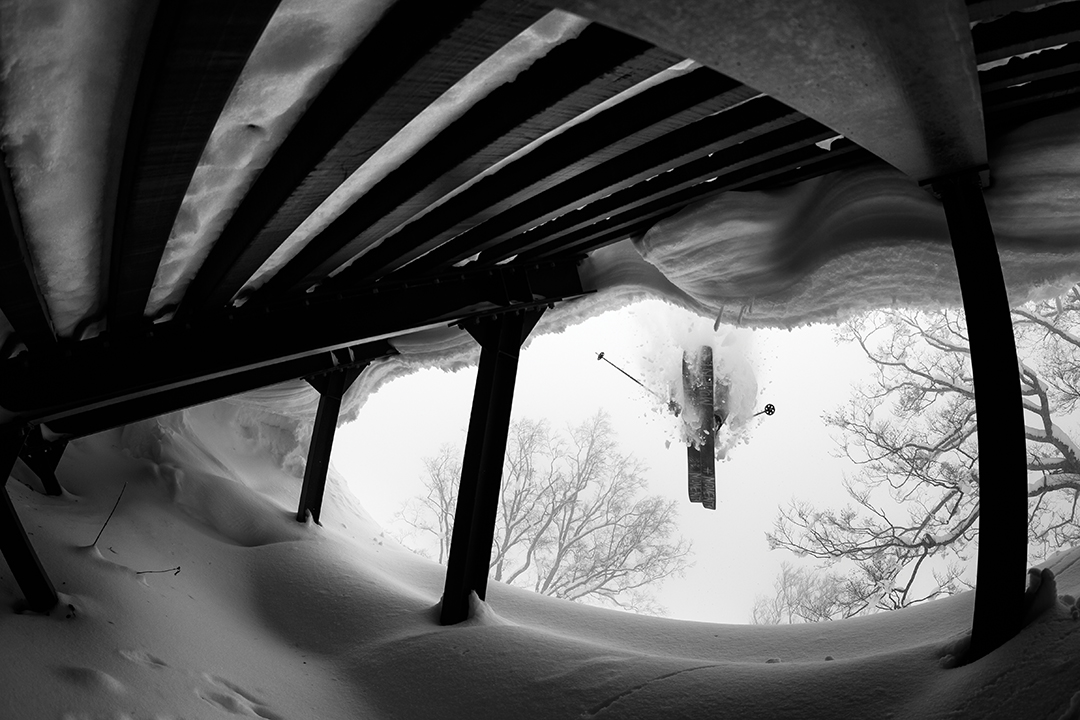
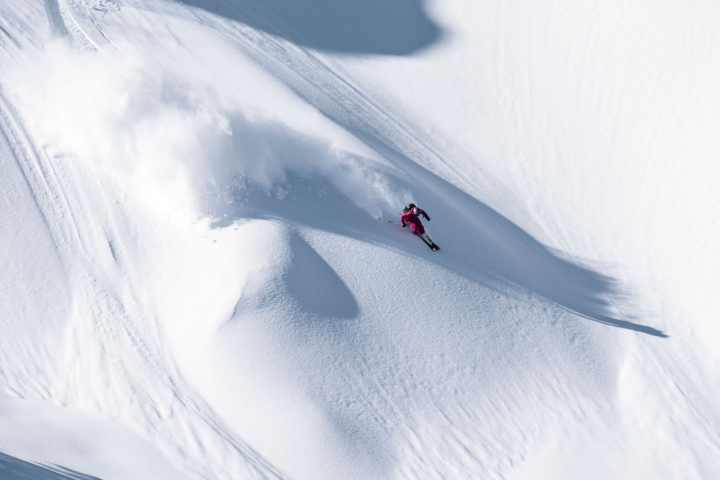
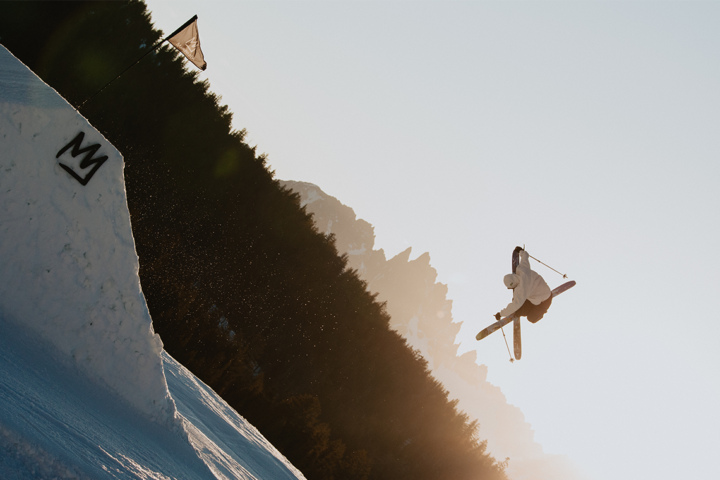
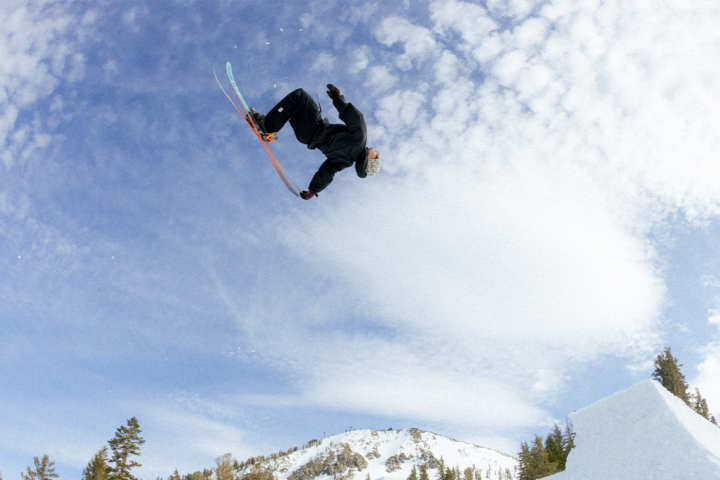
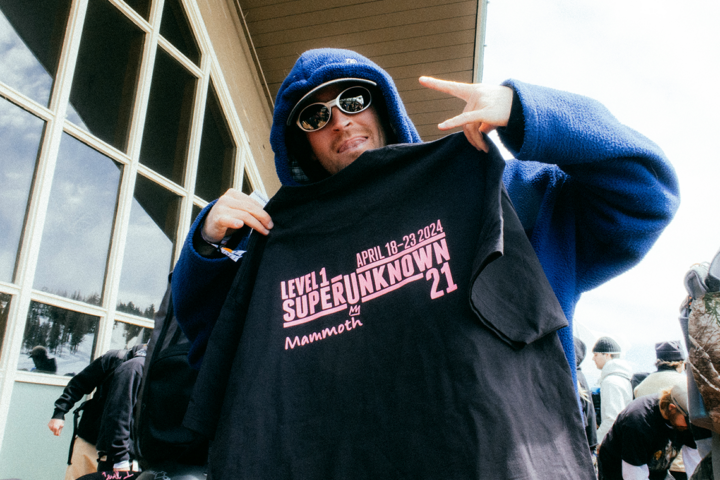


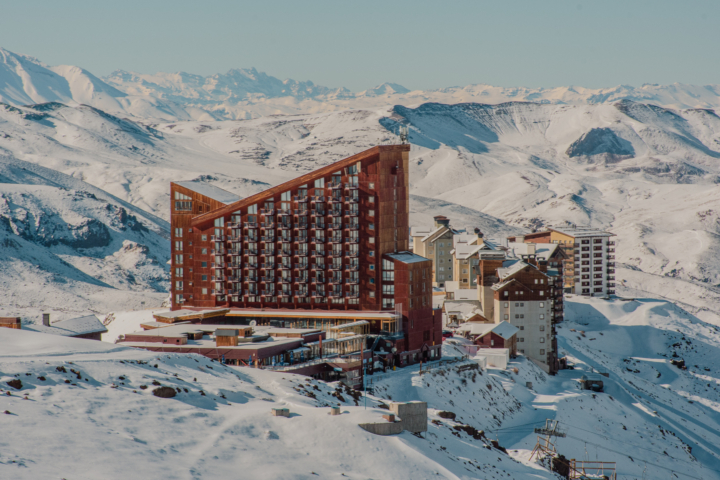


4 thoughts on “Japandemonium: How to score pow in the far east”
Comments are closed.